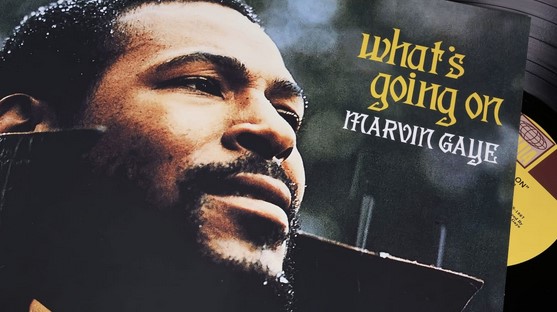The evolution of music through the decades showcases the dynamic changes in sound, technology, and culture. Music has constantly transformed, shaped by social movements, technological advancements, and artistic innovations. From the jazz and swing eras to the rise of electronic music and streaming, music reflects the ever-changing world. In this post, we’ll explore how music has evolved over the decades, highlighting key moments and movements that have shaped the music we know today.

The 1920s to 1940s: Jazz, Swing, and the Birth of Modern Music
The evolution of music began to see significant changes in the early 20th century. The 1920s to 1940s were marked by the rise of jazz and swing, genres that redefined popular music at the time. Jazz music, characterized by improvisation and complex rhythms, became the soundtrack of the Roaring Twenties. Artists like Louis Armstrong and Duke Ellington brought jazz to mainstream audiences, creating a cultural shift in music. Swing music followed in the 1930s, with big bands led by figures such as Glenn Miller and Benny Goodman dominating the airwaves. This period also marked the birth of modern music, with the development of the phonograph and radio making music more accessible to the masses.
The 1950s to 1960s: Rock ‘n’ Roll and the Counterculture Movement
The 1950s and 1960s marked a revolutionary time in the evolution of music. Also, 1950s saw the rise of rock ‘n’ roll, led by icons like Elvis Presley, Chuck Berry, and Little Richard. Rock ‘n’ roll not only changed the sound of music but also had a profound cultural impact. It gave rise to youth culture and rebellious attitudes that spread across the world. In the 1960s, music evolved further with the emergence of the counterculture movement. Artists like The Beatles, Bob Dylan, and Jimi Hendrix pushed boundaries with their innovative sounds and lyrics, addressing social issues such as civil rights and the Vietnam War. This era marked the beginning of the album format, with artists focusing on creating cohesive collections of music rather than just singles.
The 1970s to 1980s: Disco, Punk, and the Digital Revolution
The 1970s and 1980s were pivotal decades in the evolution of music. This era saw the rise of disco music, with artists like Donna Summer and the Bee Gees dominating the charts. Disco’s upbeat rhythms and infectious melodies became a global phenomenon. At the same time, the punk rock movement emerged, led by bands like The Ramones and the Sex Pistols. Punk music rejected the mainstream and embraced a raw, rebellious energy that challenged social norms. The 1980s ushered in the digital revolution with the advent of synthesizers and electronic music. Artists like Michael Jackson and Madonna blended pop with new electronic sounds, while hip hop began to take shape in urban communities. The introduction of the compact disc (CD) also revolutionized how music was consumed, making it easier for people to own and play their favorite albums.
The 1990s to 2000s: Hip-Hop, Pop, and the Rise of the Internet
In the 1990s and 2000s, the evolution of music continued at a rapid pace, with new genres and technologies transforming the industry. Hip-hop became one of the dominant genres, with artists like Tupac Shakur, Notorious B.I.G., and Jay-Z defining the sound of the era. The genre expanded beyond music, influencing fashion, culture, and social movements. Pop music also flourished, with artists like Britney Spears, NSYNC, and Backstreet Boys becoming global superstars. The rise of the internet had a huge impact on music distribution. Napster and other file-sharing services changed the way people accessed music, paving the way for digital downloads and, eventually, streaming services. Music videos also played a significant role in the 1990s, with MTV becoming a cultural phenomenon.
Conclusion
The evolution of music through the decades is a testament to how the art form reflects the cultural and technological shifts of each era. From the early days of jazz and swing to the digital revolution of streaming, music has continuously adapted and changed. Each decade brought new sounds, genres, and innovations that shaped the music we listen to today. As technology continues to evolve, music will likely keep transforming, creating new ways for artists to express themselves and for audiences to experience music. The journey of music’s evolution is far from over, and it’s exciting to imagine where it will go next.









